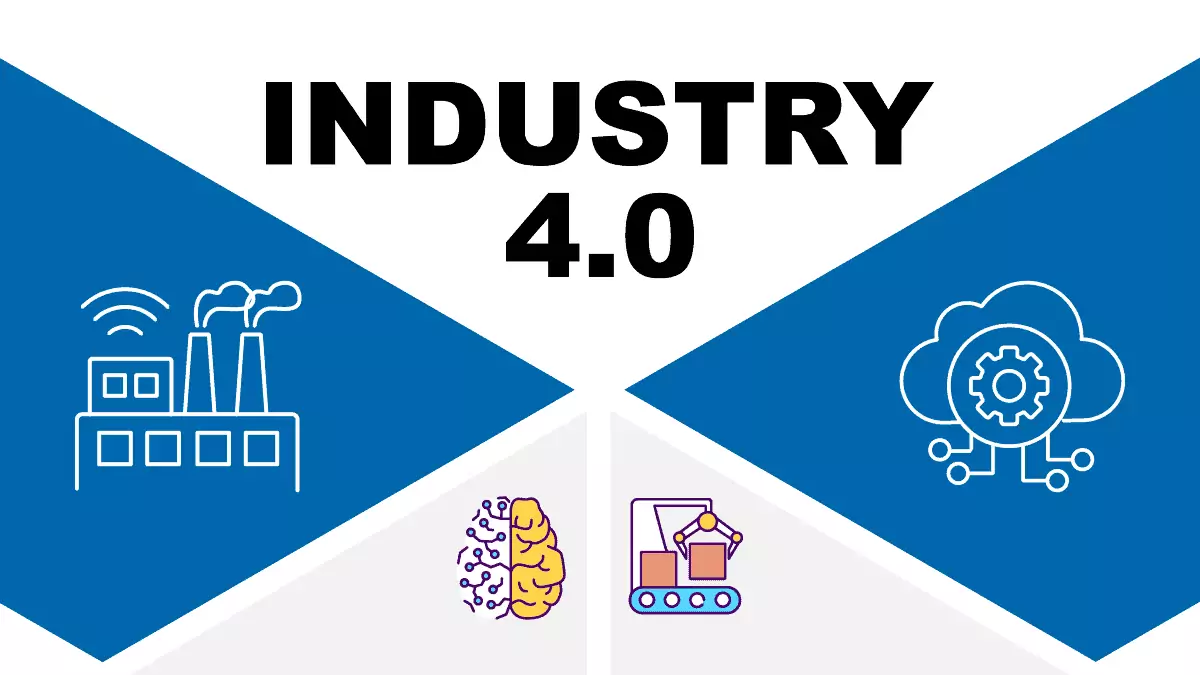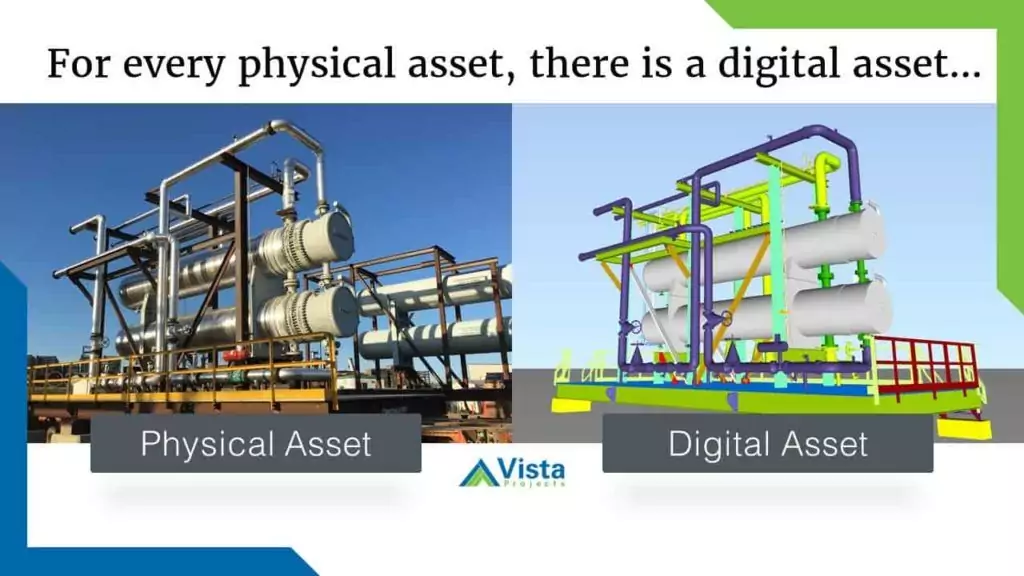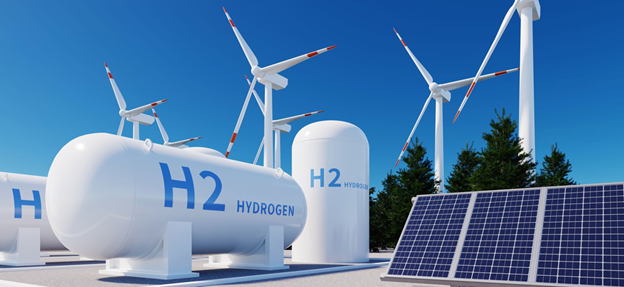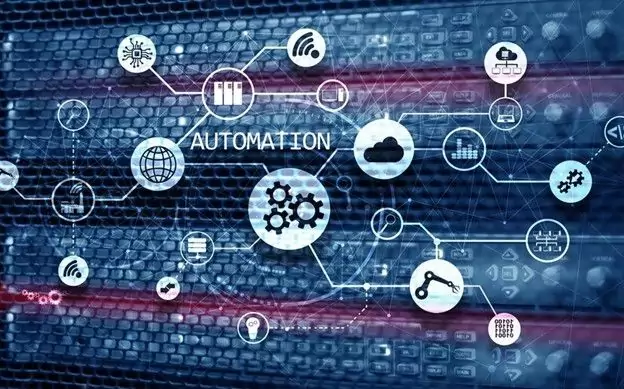It’s been said that a revolution is an act of hope. And the fourth industrial revolution – aptly dubbed Industry 4.0 – is no different.
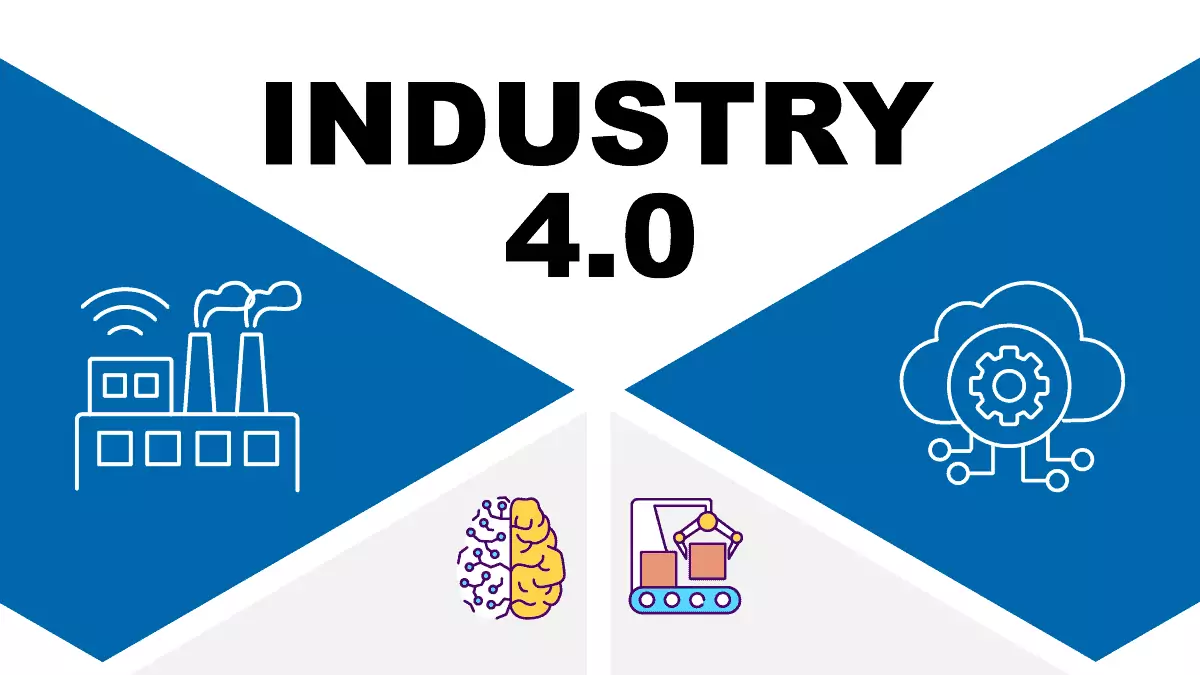
Many businesses continue to struggle to keep pace with digital technologies. The reality is that you’ll likely get left behind if you’re not embracing smart machines.
And that’s the hope of this revolution. Industry 4.0 is an opportunity to improve production processes in the engineering, construction, and manufacturing industries.
You never change things by fighting the existing reality. To change something, build a new model that makes the existing model obsolete.
Applications for Industry 4.0 Technologies
Industry 4.0 technologies have real-world applications, especially on efficiency gains in mass production.
Advances in cloud computingCloud computing is a method of delivering IT services where resources and data are retrieved from the Internet using web-based applications ... and internet connectivity have enabled businesses to base decisions on real-time data. This has fostered a focus on automation, machine learning, and artificial intelligence.
In many ways, Industry 4.0 has united IT (information technology) with OT (operational technology) to establish a hyper-productive digital climate. This is done by connecting computer systems and databases to create a single source of truthSingle source of truth (SSOT) refers to the practice of structuring information models and associated data schema such that every data ele... network.
The result is less time spent on gathering data and more time to focus on higher-value tasks.
Industrial Revolution History
Industries have evolved throughout history.
1st Industrial Revolution
The first industrial revolution came with the advent of mechanization, steam, and water power.
2nd Industrial Revolution
The second industrial revolution spun around large-scale manufacturing and sequential construction systems. It’s also known as “The Technological Revolution”.
3rd Industrial Revolution
The third industrial revolution had everything to do with the rise of computer networks (WAN, LAN, MAN). It was the era of the rise of robotics in manufacturing, connectivity, and the internet. This changed how information was handled and shared.
4th Industrial Revolution
The fourth industrial revolution involves electronics, I.T. systems, and automation. This industrial revolution is associated with digital frameworks.
Cyber-physical systems in essence are the ubiquitous mobility that bridges the digital and physical environment.
Industry 4.0 is entirely about fully automating the industries through the use of IoT, Big Data, Cloud, etc.
What Drives Industry 4.0?
Industry 4.0 is a vast topic with many driving forces. We’ve summarized the main ones here.
Additive Manufacturing
Additive manufacturing (AM) is a transformative approach to industrial production that enables the creation of lighter, stronger parts and systems. 3D printing is a well-known example of AM.
Companies now use digital 3D models to create layer-by-layer 3D or 4D parts. Small batches of customized products are created as opposed to prototyping singular parts. The small batches are made through CAD programs that direct the hardware to layer materials in precise geometric shapes.
The parts are stored as design files in virtual inventories. This simplifies inventory management by enabling a more on-demand production strategy that can also reduce shipping requirements.
A perfect example is the company Fast Radius. This award-winning additive manufacturing solution provides built a proprietary technology platform.
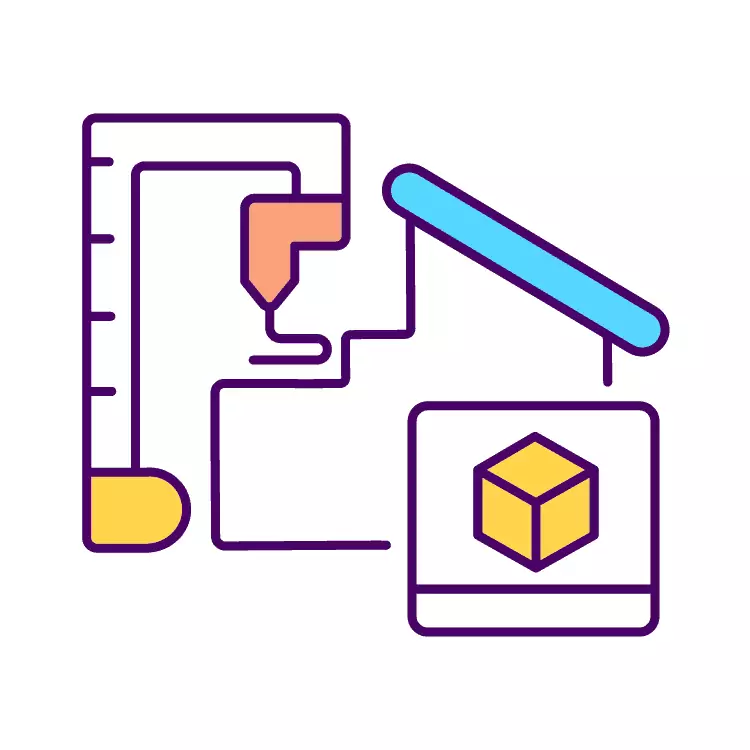
The platform can collect data from every part design that is stored and manufactured in the virtual warehouse. This data identifies applications suitable for 3D printing and evaluation of engineering and production challenges.
Augmented Reality
Augmented reality (AR) is an enhanced version of the real-world environment. AR is achieved through the use of digital visual elements, sound, or other sensory stimuli delivered via computer-generated perceptual information.
Industrial augmented realityaugmented reality (AR) is the superimposition of digital data, usually an image, onto real-world objects to enhance the user’s understandi... (AR) enables workers to access and overlay digital information with the physical world. AR services choose parts in a warehouse and send repair instructions over mobile devices. With AR, Workers get continuous data hence improved decision making and work procedures.
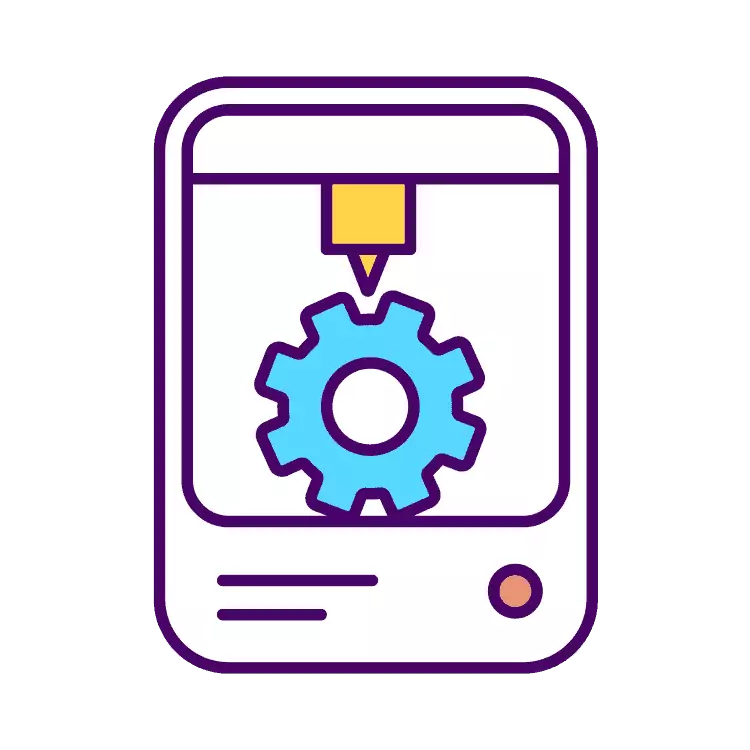
Autonomous Robots
Autonomous robots are intelligent machines capable of performing tasks without external influence. These robots can interact and work safely with humans.
Industry 4.0 has ignited a movement towards autonomous production systems and warehousing, which are key components in smart manufacturing.
Autonomous robotics have many applications in Industry 4.0:
- self-driving vehicles
- shutting controls off/on
- production decisions
- predictive maintenance
Decentralized and autonomous decision-making is central to technologies and cyber-physical systems in the fourth industrial revolution.

Of course, some decisions cannot be fully automated. Resource planning, interpretation, and instinctual decisions are best performed by humans.
Big Data Analytics
Big data analytics is the examination of large data sets to extract meaningful insights.
Big data helps companies to classify information and draw relevant conclusions that help improve operational efficiency.
Improved Warehouse Processes
Improving warehouse processes through use of sensors and portable devices. Big data analytics can help:
- perform automated quality controls
- optimize production and assembly
- detect human errors

Debottlenecking Production
Elimination of bottlenecks through identification of factors that affect performance, at no additional expense, by helping producers recognize efficiency issues.
Predictive Demand
More accurate and meaningful predictions through the visualization of internal analysis (customer preferences) and external analysis (trends and external events).
Predictive Maintenance
Before a breakdown, data fed sensors identify possible failures in the operation of machinery, by identifying breakdown patterns. The system sends an alert to the equipment to allow a timely reaction.
The Industrial Internet of Things (IIoT)
IIoT stands for the industrial internet of things or industrial IoT. It refers to an industrial framework that connects and synchronizes a large number of devices and machines.
Developments in software and third-platform technologies are critical to the role IIoT plays in Industry 4.0.
The IIoT has led to more devices being enriched with embedded computing. This permits gadgets to impart and cooperate with other devices and regulators. The impact is decentralized analytics and decision-making.
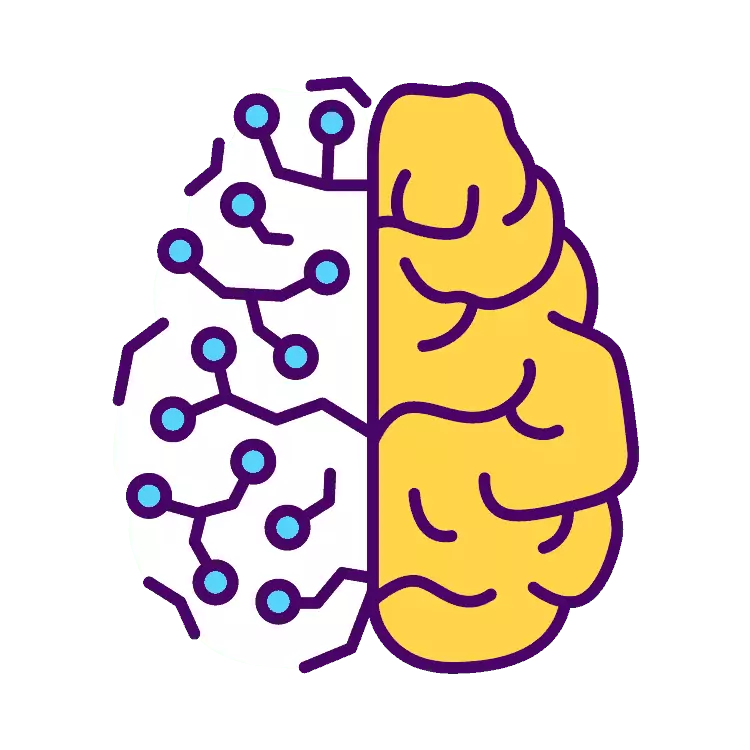
The IIoT enables responses in real-time. From connected hot tubs ordering more bromine when water levels reach a certain balance to pipelines shutting down when pressure spikes.
Digital Twin Technology
Digital twins are a virtual representation of the physical world. A digital twinA digital twin is a precise, virtual representation of a physical object system, process, or asset. Digital twins integrate machine learnin... bridges the physical and digital objects. As we say at Vista, for every physical asset, there exists a digital asset.
Digital twin technology enables companies to create simulations that predict an object’s performance using the physical world’s real-time data.
Cloud Computing
The cloud is the connective tissue of Industry 4.0. Cloud computing makes innovative, effective and efficient production strategies possible. It’s done by leveraging sensors, artificial intelligence and robotics.
Cloud technologies are becoming faster and more powerful every year. This is enabling advanced companies to undertake more production-enhancing initiatives.
For example, smart factories are increasingly deploy machine data and analytics to the cloud. This enables more data-driven services for production systems.
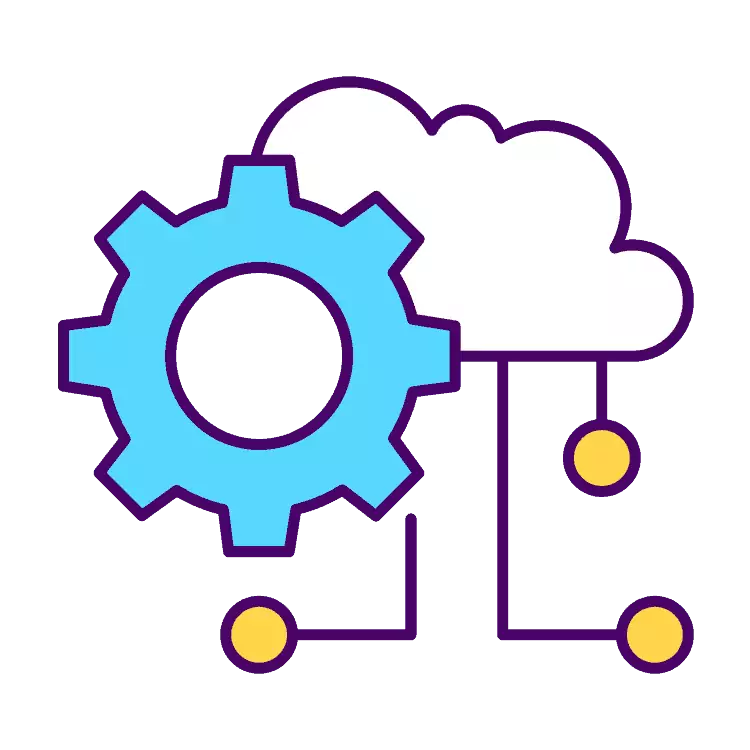
Cybersecurity
Industry 4.0 boosts connectivity and standard communications protocol usage. This connectivity is essential for secure, reliable communications, together with sophisticated access management for machines and the identity verification of users.
But increased connectivity has resulted in greater cybercrime threats on critical industrial systems and manufacturing lines.
With the adoption of Industry 4.0, the manufacturing and energy sectors have increasingly become a target for attackers.

Cyber attackers will move throughout a manufacturing network, jumping across IT and OT systems to perform malicious activities.
Without strong protections, nefarious actors take advantage of systems for:
- intellectual-property theft
- production sabotage
- industrial espionage
- IP leakage
The recent hacking of Colonial Pipeline is an example of the serious disruption posed by cyber attackers.
System Integration
System integration involves the combination of various computing systems, software packages and operating procedures. Together, these elements create a larger system that drives Industry 4.0.
A properly integrated system increases value for organizations. At Vista, we specialize in industrial lifecycle integration. This is a system integration process that considers four categories or stages of integration:

This approach allows companies to maximize the return on their technology investments over the life of the industrial asset.
Simulation
Simulations rely on virtual and augmented reality to create realistic digital representation. The perfectly scaled 3D models or holograms help to speed up product design and reduce iterations.
In Industry 4.0, simulations are used extensively during plant operations to leverage real-time data and mirror the physical world.
At Vista, we use process engineering simulations to optimize designs and make iterative improvements. The simulations are based on CAD model representation of chemical, physical, biological, and other technical processes.
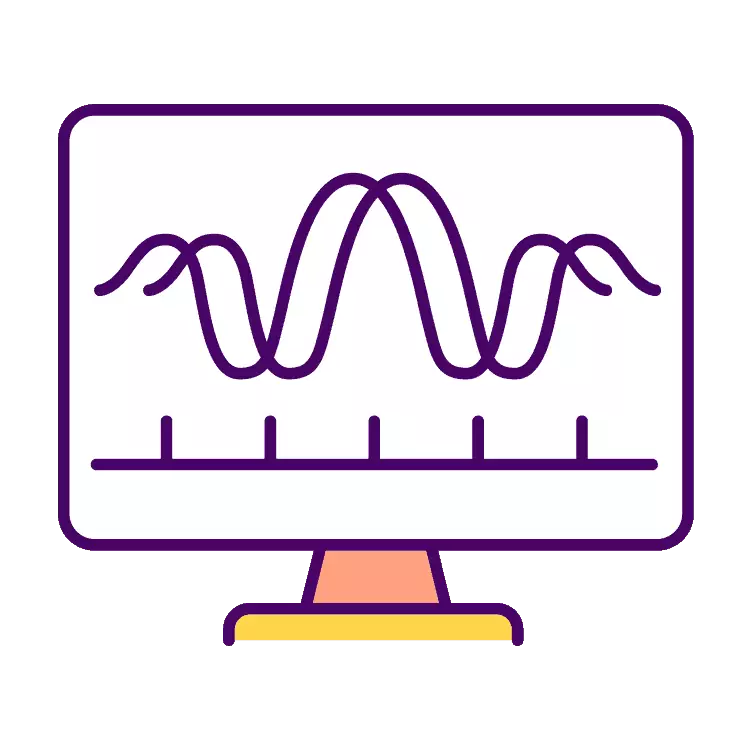
This also forms the basis for remote HAZOPS.
The Smart Factory
Perhaps one of the most impactful innovations of Industry 4.0 is “the smart factory.”
The smart factory is a confluence of trends and technologies that are reshaping the way things are made. It is also revolutionizing the way factories function.
In Industry 4.0, manufacturing operations are powered by shop floor technologies. These include predictive data analysis applications, virtual reality, AI, and machine learning.
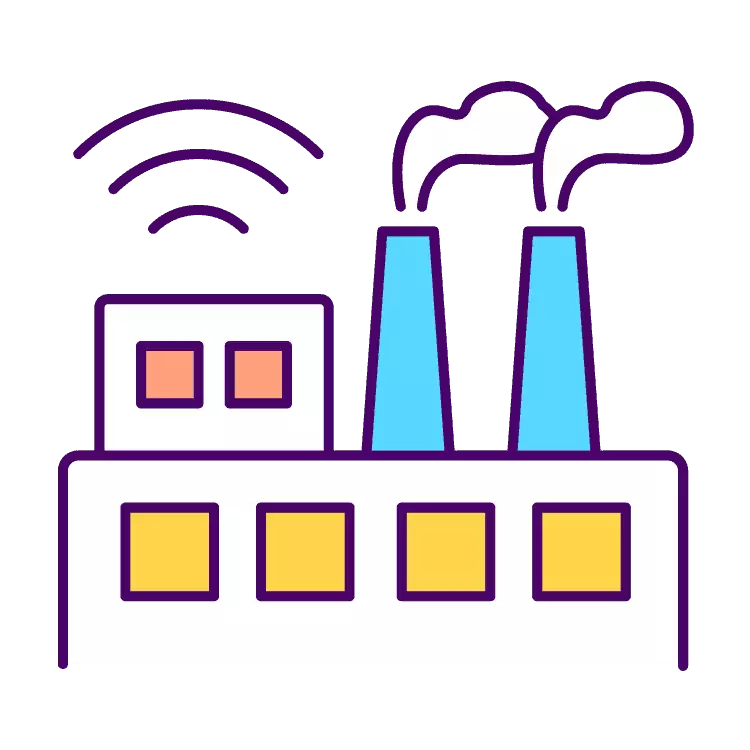
The result is an increase in automated execution, leaving more time for staff to focus on higher-value tasks. The smart factory allows owners to make decisions based on real-time information, lower costs and reduce downtime.
Navigate Industry 4.0 with Confidence
The Industry 4.0 umbrella includes many broad and wide-ranging concepts:
- Industrial control systems (ICS)
- Supervisory control and data acquisition (SCADA) systems
- Big data
- Internet of Things (IoT)
- Industrial Internet of Things (IIoT)
- Smart and self-learning machines
- Advanced analytics
- Robotics
- Cognitive computing
- Artificial Intelligence
The list could go on.
Digital transformation in the industrial sector will continue as Industry 4.0 gains momentum. KPMG predicted enterprises will spend $232 billion on automation by 2024. The goal is to automate repeatable tasks and allow people to base decisions on accurate and verifiable data.
But making it all make sense for your business isn’t as straightforward as one would hope. Embracing the potential productivity benefits of digital transformation also means accepting and mitigating new risks.
There is no set standard when it comes to implementing digitally-enabled workflows for your business.
At Vista Projects, we help simplify your digital transformation by providing recommendations that work for your unique situation and workforce. Contact us today to schedule a consultation and get help navigating the fourth industrial revolution.
